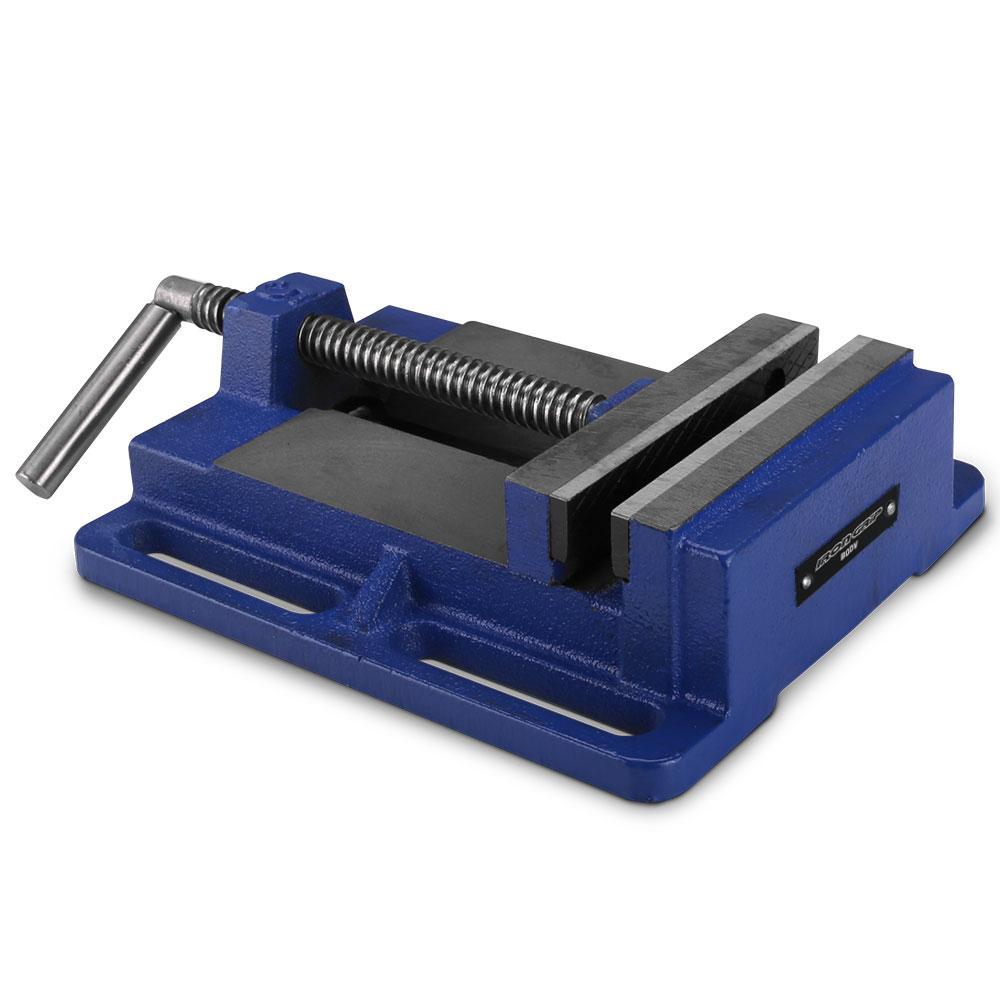We are in the process of retiring computers that will not support Windows 11 and, in some cases, are more that 10 years old as well external hard dries.
As part of the process, we are moving all data files from each computer and external drives to 4TB WD BLACK P10 Game Drives.
Then we need to make sure that the retired drives are save to recycle – ie. that no data can be recovered by a third party.
We are considering multiple options including but not limited to:
- Using Acronis Drive Cleaner – that overwrites the drive making data recovery next to impossible to recover – a time-consuming undertaking,
- Opening the drive and bending the plates by hand – also a lot of effort,
- Wack the drive with a sledge hammer or large rock – quick and easy, or
- Throw the drives in the swimming pool and fish the out in the spring.
I am open to your thoughts as to the best method.


 me too!
me too!





